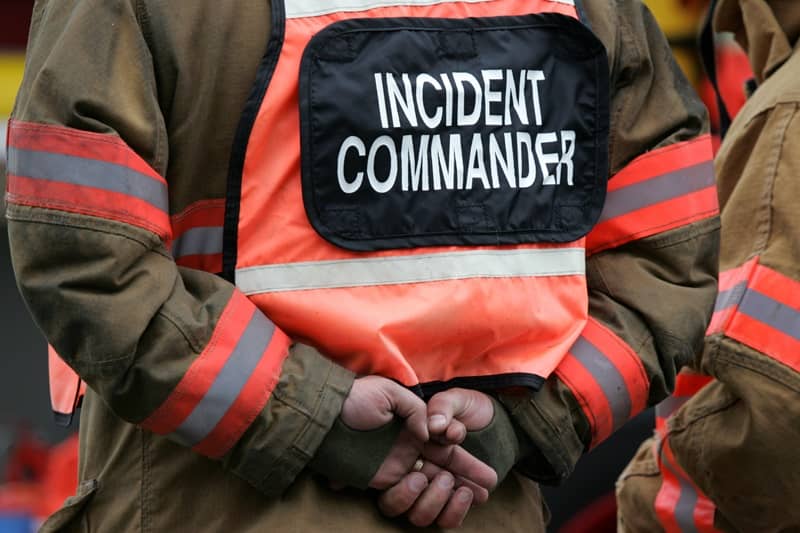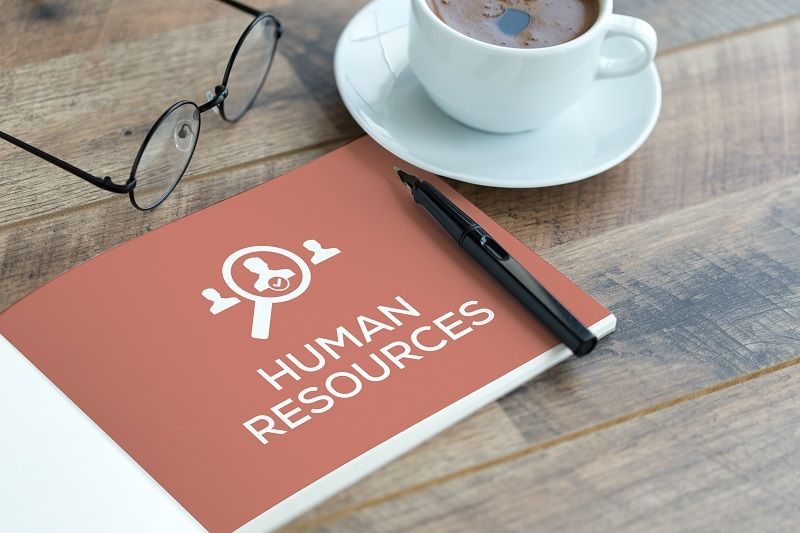Mistakes are inevitable on the job site. The real key is how you handle them. That’s where a robust emergency action plan comes into play.
What is an Emergency Action Plan?
An emergency action plan (EAP) is a set of written or oral instructions telling team members what to do during a workplace emergency. The purpose of these guidelines is to encourage decisive, organized, and timely actions to minimize the impact of risks. The Occupational Safety and Health Administration (OSHA) defines and enforces EAP standards. Although most industrial sites are required to have these plans physically written, those with 10 or fewer employees can pass on the guidelines orally.
The Benefits of an Emergency Action Plan
A robust EAP comes with several advantages beyond compliance, making the development and enforcement of these guidelines well worthwhile. Some of these benefits include:
- Fewer injuries to team members in general
- Less severe injuries (in the case of unavoidable accidents)
- Lower likelihood of job site damage
- Less serious damage in the case of unavoidable incidents)
- Greater peace of mind and higher job satisfaction for craftsmen
Developing an Emergency Action Plan
1. Identify potential risks.
Risk assessment is the cornerstone of an emergency preparedness plan. After all, you can’t effectively handle an issue you didn’t anticipate. Ready.gov breaks down risk assessment into three simple steps:
- Pinpoint the risks your company faces both on and off the job site.
- Identify which assets (i.e. employees, equipment, etc) would be at risk.
- Determine the potential fallout for each given risk.
This should be a collaborative exercise since every team member offers unique insights into potential hazards. Working with emergency response professionals such as firefighters and local health departments can increase the accuracy and impact of your threat assessment.
2. Create the EAP.
Once the risks are fleshed out, you can create the actual plan. According to OSHA, an EAP should include the following:
- Clear instructions for how employees should respond in various emergency situations
- Factor in the layout of specific worksites including structures and emergency systems
- A separate set of instructions for each job site
3. Hold safety training.
Safety training is a proven method for explaining and reinforcing your company’s EAP. Project managers can formally introduce the entire team to these protocols, and craftsmen have a chance to clarify any uncertainties or misunderstandings.
OSHA suggests safety training regarding EAPs to include:
- Individual responsibilities
- Threats and hazards
- Protective measures
- Communication and warning protocols
- Contact methods for family members
- Evacuation procedures
- Location of relevant equipment
- First-aid procedures
- Standards for preventing unauthorized job site access
Contrary to popular belief, there is a way to keep required safety training fun, loose, and informative.
4. Communicate the plan clearly.
Even the most comprehensive EAP could fail to offer full protection if it’s communicated ineffectively. Industrial leaders need to hit the sweet spot between overly complex and simplistic explanations. The goal should be to cover everything in a digestible and intelligible manner while including all crucial elements. Running safety drills in simulated emergency situations can be an effective way to test the team’s preparedness too.
5. Keep safety equipment up to date.
Industrial companies need to have safety equipment sprinkled throughout the job site, especially in areas with heightened risks. It’s frighteningly easy to forget about these safety devices when everything is going well. Keeping them up-to-date and functional is vital in the event of an actual emergency. Here are some pieces of safety equipment that require routine inspection or replacement:
- Evacuation maps and signage
- First-aid kits
- Personal protective equipment (PPE)
- Automated external defibrillators (AEDs)
- Spill containment kits
- Fire extinguishers
- Emergency lighting
- Emergency blankets
- Two-way radios
- Respirators
- Flashlights and batteries
- Emergency alarms and sirens
It helps to keep a running list of crucial safety equipment, the last time each was updated, and when the next inspection should be.
6. Hire safety-minded craftsmen.
Craftsmen are an industrial company’s most valuable asset. That’s especially true when it comes to maximizing job site safety. After all, they’re the ones executing an EAP. While you can always properly train existing employees, it’s more effective to hire safety-conscious candidates from the onset. Consider outsourcing your hiring needs if you’re struggling to find the expertise, time, or personnel required to find the best people. It can save you valuable resources while making your job site safer.
Looking for the most talented, safety-minded craftsmen? They’re out there! And, Madden Industrial Craftsmen will help you find them. For decades, we’ve been a leading industrial staffing provider pairing top-tier professionals with leading companies. Fill out a job order to get matched with dozens of highly qualified candidates. It only takes a few minutes!




